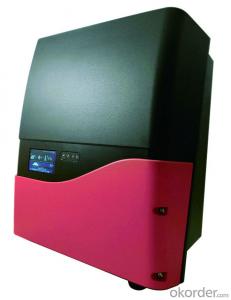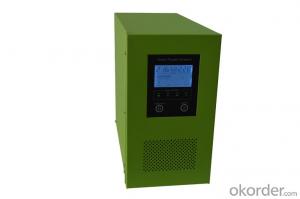Faulty Solar Inverter
Faulty Solar Inverter Related Searches
Solar Inverter Fault Light Fault Light On Solar Inverter Broken Solar Inverter Solar Inverter Broken Arc Fault Solar Inverter Solar Inverter Relay Failure Solar Edge Inverter Failure Gfci Failure Solar Inverter Eeprom Failure Solar Inverter Solar Inverter Replacement Solar Panel Inverter Problems Replacing A Solar Inverter T Solar Inverter Fault Codes Upgrade Solar Inverter Install Solar Inverter Solar Inverter Not Charging Abb Solar Inverter Fault Codes Good Solar Inverter Red Light On Solar Inverter Resetting Solar Inverter Solar Inverter Upgrade The Solar Inverter Solar Edge Inverter Problems Reset Solar Inverter Inverter Replacement Solar Battery Solar Inverter Inverter With Solar Input Solar Solar Inverter Inverter In Solar Power Plant Smart Solar InverterFaulty Solar Inverter Supplier & Manufacturer from China
Faulty Solar Inverters are a type of solar power equipment that may have defects or malfunctions, requiring repair or replacement. These inverters play a crucial role in converting the direct current (DC) generated by solar panels into alternating current (AC) that can be used in homes and businesses. They are essential components in solar energy systems, ensuring that the power generated is compatible with the electrical grid and can be utilized efficiently.In various applications and usage scenarios, Faulty Solar Inverters can be found in residential, commercial, and industrial settings. They are used to power homes, businesses, and even large-scale solar farms. When these inverters fail to function properly, it can lead to a decrease in energy production and efficiency, making it important to identify and address any issues promptly. This is where the expertise of technicians and the availability of replacement parts come into play, ensuring that solar energy systems continue to operate at their peak performance.
Okorder.com is a reputable wholesale supplier of Faulty Solar Inverters, offering a vast inventory to cater to the needs of various customers. With a commitment to quality and customer satisfaction, Okorder.com ensures that the inverters they provide meet industry standards and are suitable for a wide range of applications. Their extensive inventory allows customers to find the right inverter for their specific needs, whether they are looking to replace a faulty unit or upgrade their existing solar energy system.
Hot Products















































